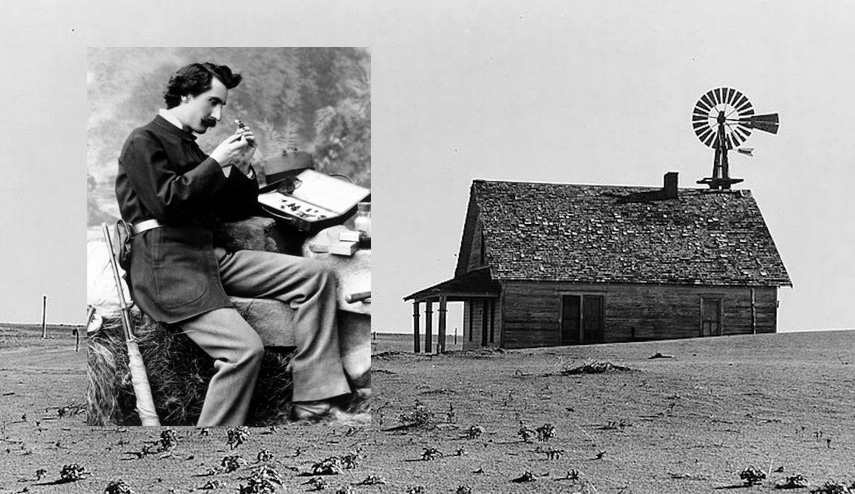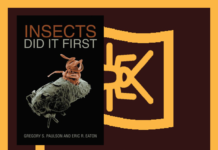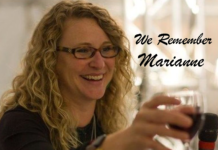I’m sure you entomologists are familiar with Charles Valentine Riley…he not only engineered the first use of biological controls in the world (the control of a pest by the introduction of a natural enemy or predator), but he was also a proponent of entomophagy (the human practice of eating bugs) in the West.
In the 19th century there was a locust problem in America…he brought in a natural enemy and also recommended people eat the locusts…
Riley would later collaborate with Shaw to save California’s citrus crops from decimation by the cottony-cushion scale. As typical of Riley, his solution for the citrus growers was uniquely accurate, although previously untried. He tracked the offending pest to Australia, identified its natural enemy there and, after careful testing, imported and released into the citrus groves thousands of ladybird beetles. Lockwood’s “Locust” describes the import of Riley’s solution: “Within months of releasing these voracious predators, Riley knew he had achieved what has been called ‘the greatest entomological success of all time.’ This was the world’s first case of classical biological control (the suppression of an exotic pest by introducing a natural enemy from its homeland), and the method has become one of the most effective and widely used pest management strategies in modern agriculture.”
Recognizing that horses and chickens ate the dead locusts and came to no harm, and having read that American Indians collected the locusts to roast and eat them, Riley proposed “entomophagy” — or, simply put, eating the bugs — as a way to reduce the number of locusts while simultaneously feeding the starving populace.















